A rough diamond weighing 261 carats, discovered in 1853 in the alluvial deposits of the River Bagagem in Minas Gerais, Brazil, was exhibited at the Exposition, and had been named ‘Star of the South’ in acknowledgement of its Latin American origins. A year later the gem was sent to Coster Diamonds where it was cut by Voorzanger into a cushion-shaped stone weighing 128.48 carats. The gemologist Charles Babot wrote in 1858 that having handled the stone he found its form ‘…rather charming and permits it to refract light well…’.
Amsterdam's magnificent diamond legacy | Part II
At the Paris Exposition Universelle of 1855 the entire Amsterdam diamond industry received a Medal of Honour, with L B Voorzanger, of Coster Diamonds, singled out for special praise for his re-cutting of the Koh-i-Noor.
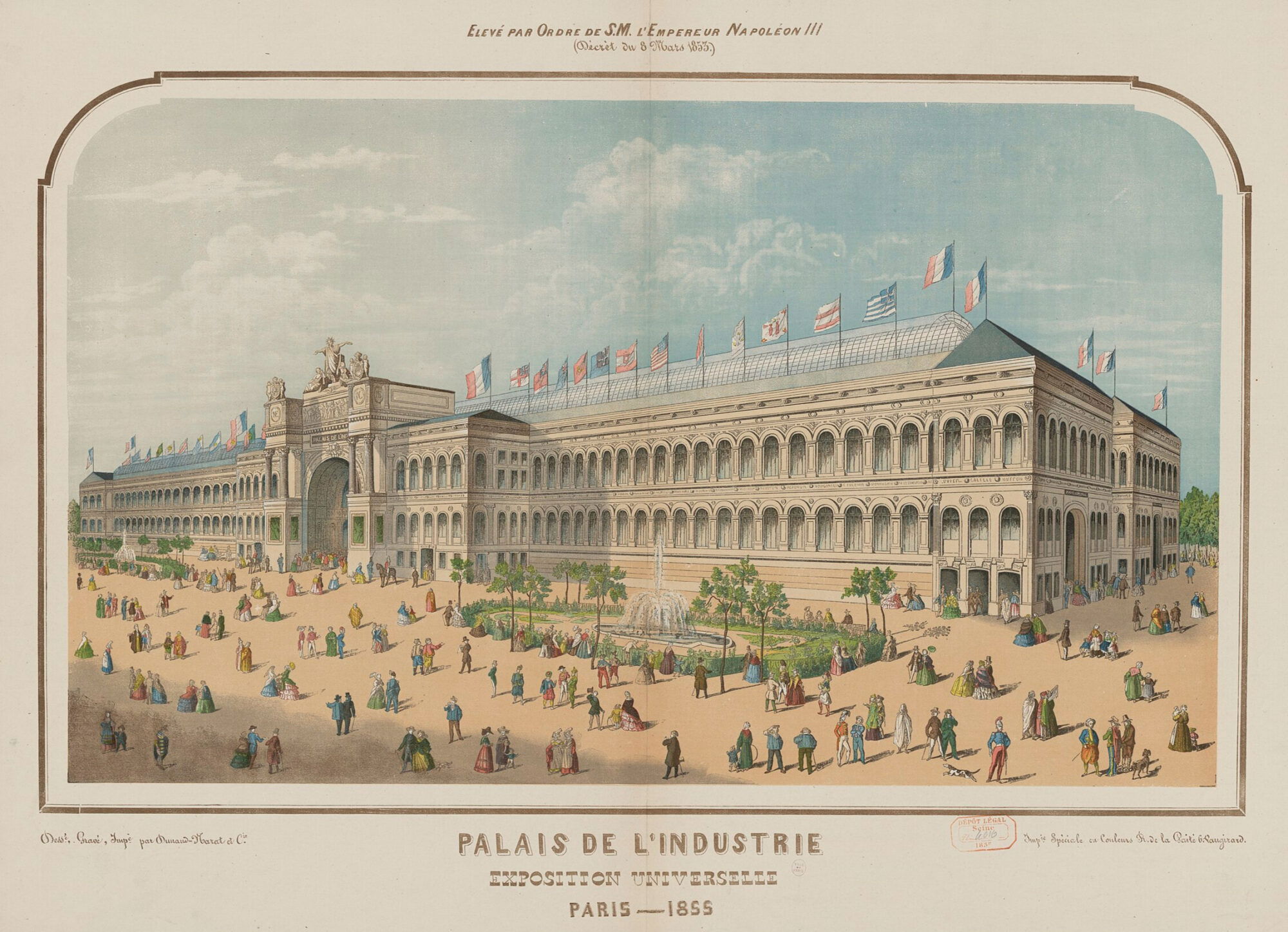
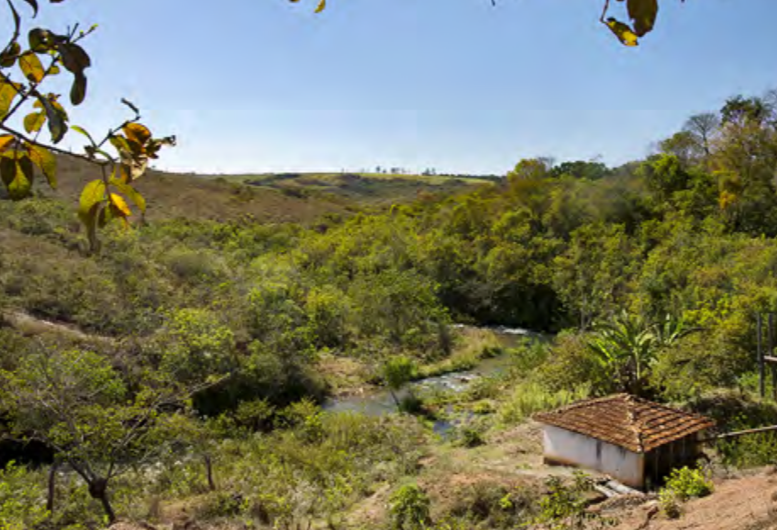
At some point between 1867 and 1870 ‘Star of the South’ was sold to Khande Rao, the official sovereign ruler of Baroda. In 1880 it was set into a necklace with another fabulous diamond, the 76.50 carat pear-shaped ‘English Dresden’, which in 1857 had also been sourced at the Bagagem River, and again L B Voorzanger had faceted the stone. In 1948 Sita Devi (1917-1989), the Maharani of Baroda, was photographed in Baroda by Henri Cartier-Bresson on the occasion of her husband’s birthday, she was wearing a modified version of the magnificent necklace to which more diamonds had been added around the lower portion of the ‘English Dresden’.
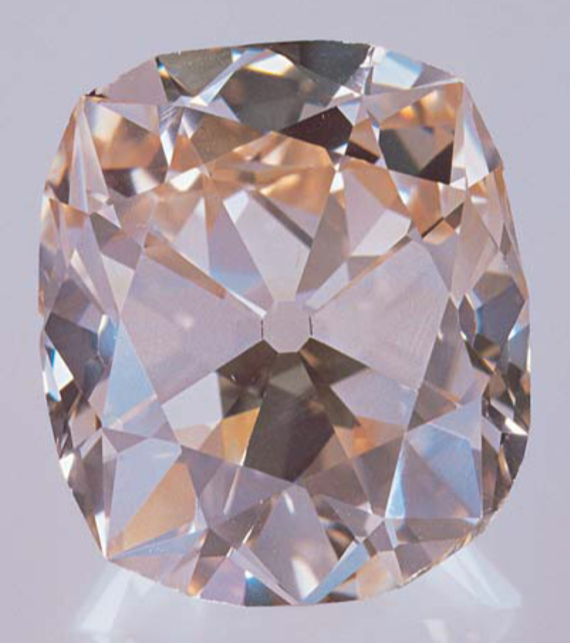
After about 1950 the whereabouts of both stones is not known, but in 2001 ‘Star of the South’ was purchased from anonymous owners and later that year it was submitted to the Gübelin Gem Laboratory, Lucerne, for a diamond grading report.

The discovery of the first diamond in South Africa in 1866 on the Orange River, close to Hopetown, 122 km south of Kimberley, was an important milestone for both the diamond industry and the country itself. The rough stone in question passed through several hands before it was sent to Dr W J Atherstone, an authority on gems and minerals, based in Cape Colony, who confirmed it was indeed a diamond and estimated it to weigh 21.25 carats. The gem was named ‘Eureka’, and was displayed at the 1867 Paris Exposition Universelle, although some reports indicate that a glass replica of the stone was displayed instead.
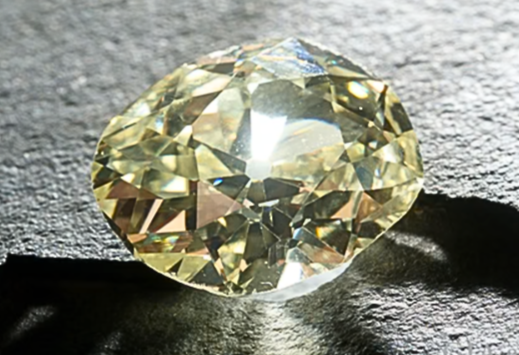
On its return to South Africa ‘Eureka’ was bought for £500 by Sir Philip Wodehouse (1811-1887), Governor of the Cape and British High Commissioner for Southern Africa. On his recall to London in 1870 Wodehouse took ‘Eureka’ with him and here it was cut into a cushion-shaped brilliant, to show off its brownish-yellow colour, by Martin Coster (1819-1880), the final weight of the stone was 10.73 carats.
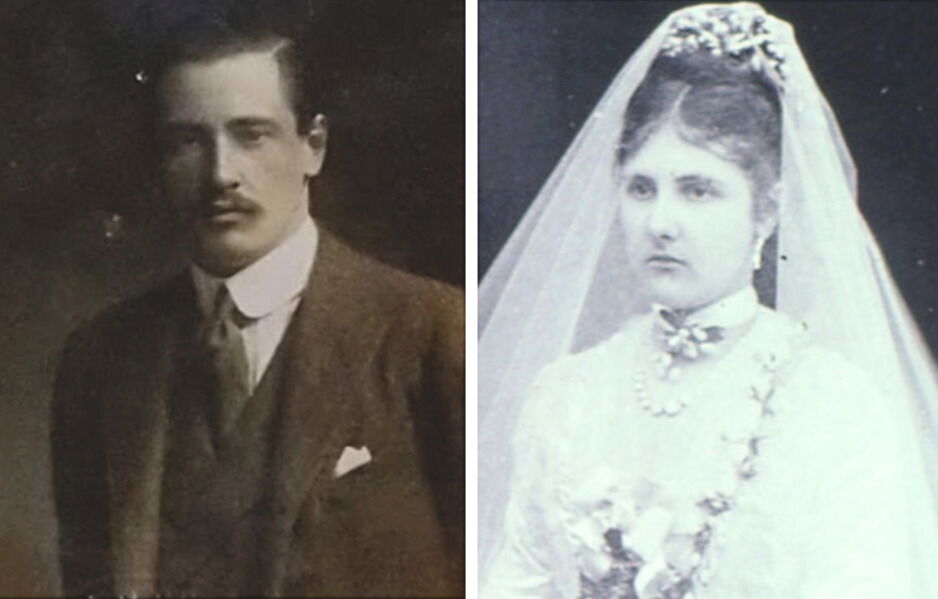
‘Eureka’ was acquired by the 3rd Marquess of Bute, John Crichton-Stuart (1847-1900), as a gift for his wife, Gwendolen Fitzalan-Howard (1854-1932) to celebrate the birth of their first son, John, born in June 1881. Later, Lord Colum, Edmund Crichton-Stuart, a diplomat and politician and the 3rd Marquess’ youngest son, received ‘Eureka’ from his mother and in 1946 he sold it at Christie’s for £5,700. De Beers bought ‘Eureka’ in 1967 and dedicated it to the people of South Africa, and today it resides at the Kimberley Mine Museum, Northern Cape.
